Are mouse spiders poisonous?Beware! Exploring the Dangers of Mouse Spiders and Their Venom
The female M. occatoria produces copious amounts of highly toxic venom, which was shown to be potentially as dangerous as that of the Sydney funnel web spider on preliminary toxicity testing performed at the former Commonwealth Serum Laboratories.
Recent work on venom from the male M. bradleyi suggests that it affects presynaptic transmitter release in a manner similar to that of the Blue Mountains funnel web spider (H. versuta) venom, and that funnel web spider antivenom attenuates this effect.
(Nicholson, GM, Birinyi-Strachan, LC et al, Novel d-atractotoxins: spider toxins that target the voltage-gated sodium channels. In: International Society on Toxinology 13th World Congress on Animal Plant and Microbial Toxins; Paris: September; 2000.)
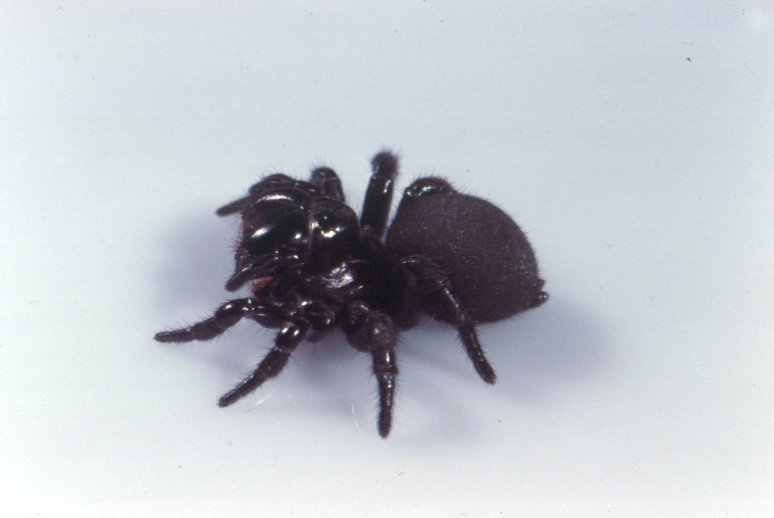
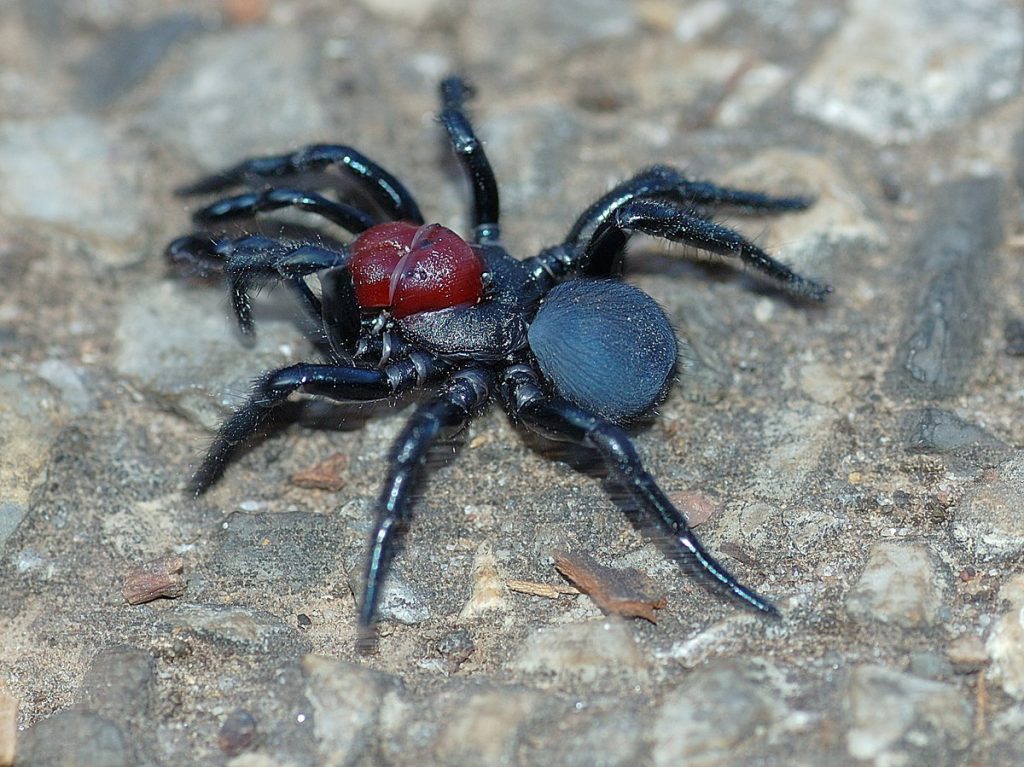
Are Mouse Spiders Dangerous?
The bad news is that Mouse Spiders are quite venomous. Although they’ve never caused any deaths, they have a pretty nasty bite, and there is some evidence that their venom could be almost as dangerous as Funnel-web venom. As Funnel-webs are one of the only two Australian spiders to ever kill humans, that’s a cause for concern.
Fortunately, serious Mouse Spider bites are pretty rare. Firstly because the Mouse Spider isn’t particularly aggressive towards humans. Secondly, because they quite often “dry bite” – sinking their fangs into an enemy but not injecting venom.
Regardless of this, the current consensus among medical experts is that if you’re bitten by a Mouse Spider – or any large black Australian spider – you should treat it as though you’ve been bitten by a Funnel-web and seek medical help immediately.
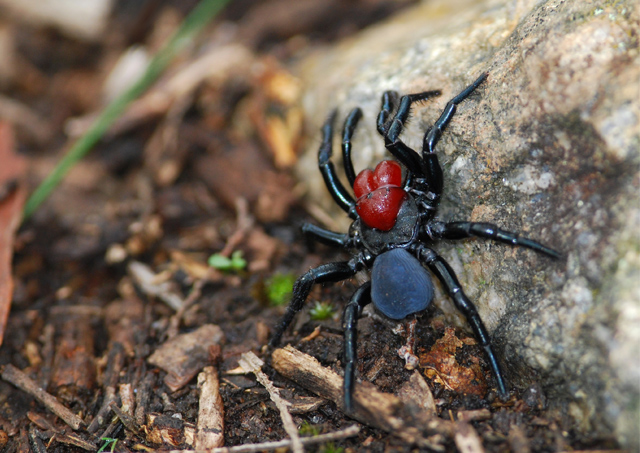
This is partly because Mouse Spider venom can be potentially dangerous. But more significantly, because Mouse Spiders often look pretty similar to Funnel-webs, and many people would struggle to tell the difference.
At this point, Australia has had no Funnel-web deaths since Funnel-web antivenom was introduced in 1980 – over 40 years ago. That’s a record the Australian medical community is quite keen to keep intact, so the prevailing wisdom is that any bite from a large black spider should be treated like a Funnel-web bite.
Mouse spiders, Missulena sp., vary from 10 mm – 35 mm body length and all have distinctively bulbous head and jaw regions. They are often confused with funnel-web spiders. While mouse spider bites are not common, a few have caused serious effects in humans, with symptoms similar to funnel-web spider envenomation. Fortunately, mouse spiders are not usually abundant in heavily populated urban areas.
Mouse Spiders are spiders of the genus Missulena. There are 11 known species in this genus, all but one of which are widespread across mainland Australia. Mouse Spiders can be found in both coastal and drier habitats, however, they do not occur in tropical rainforests. One species, Missulena tussulena, is found in Chile.Mouse Spiders are a kind of Trapdoor spider and sometimes mistaken for Funnel Web spiders.
Mouse Spider Characteristics
Mouse Spiders are medium to large spiders, which range in length from 1 centimetre to 3 centimetres. Female Mouse Spiders are usually 3 centimetres long whereas males are smaller at around 2 centimetres long.
When the species was first described males and females were treated as two different species due to their vastly different size and appearance. It wasn’t until years later that researchers found a mating pair that they were in fact the same species.
Why ‘mouse’ spider? Several possible explanations have been suggested
someone found a spider in a deep burrow that had possibly been an old beetle or mouse hole.
they are alleged to eat mice
the large females resemble mice
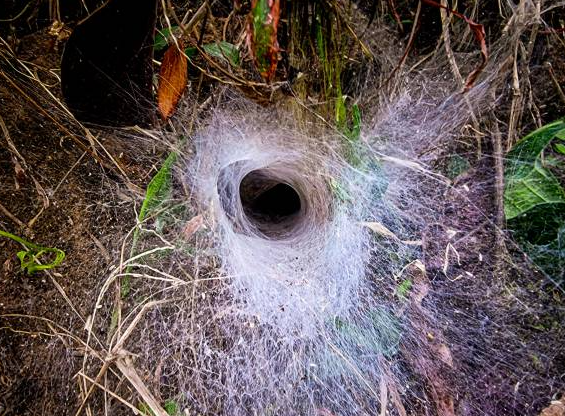
Red-headed Mouse Spiders have a smooth, glossy carapace and their head area is high, steep and broad with very large, bulbous jaws. Their eyes are widespread across the front of their head. The spinnerets, at the back of the abdomen, are short and blunt, the last segment domed and button-like.
Female Red-headed Mouse Spiders are large, stout spiders with short legs. They tend to be uniformly dark brown to black all over, however their jaws are sometimes red-tinged. Female Red-headed Mouse Spiders are much larger than the males.
Male Red-headed Mouse Spiders have a bright red head and jaws and a gunmetal blue to black abdomen. They have thinner and longer slender legs without mating spurs. They are much smaller than the females.
When the species was first described males and females were treated as two different species due to their vastly different size and appearance. It wasn’t until years later that reasearchers found a mating pair that they were in fact the same species.
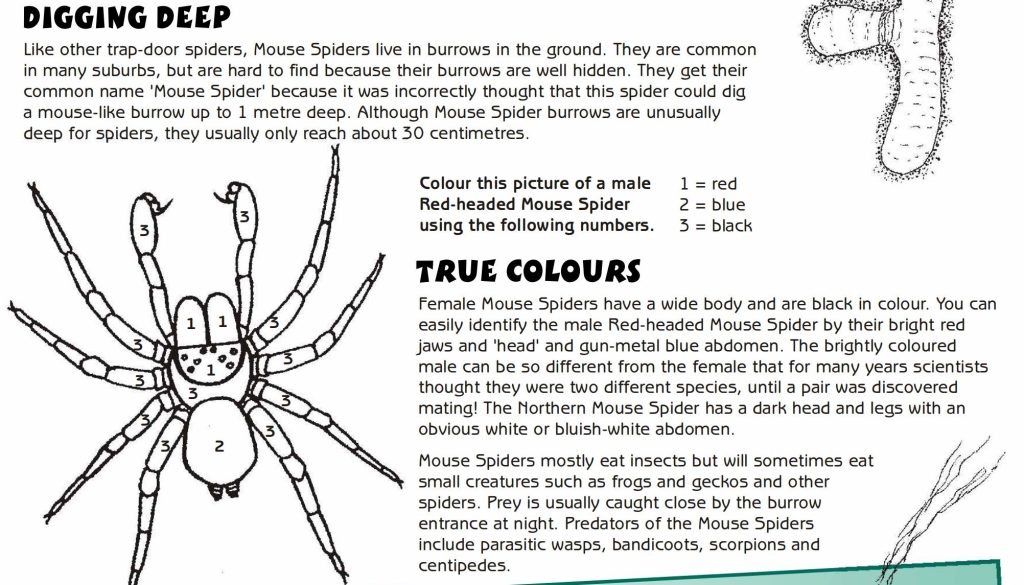
Distribution
Mouse spiders are found over much of mainland Australia, in habitats ranging from open forest to semi-arid shrubland.
The species with the largest distribution is the Red-headed Mouse Spider. This may be related to the fact that the spiderlings of this species are known to disperse aerially by ballooning, possibly over many kilometres. This is a very rare ability among mygalomorph spiders, most of which disperse over relatively short distances by walking.
Red-headed Mouse Spiders (Missulena occitoria) have the largest distribution of all the Mouse spiders. They are found across mainland Australia, however mainly west of the Great Dividing Range.
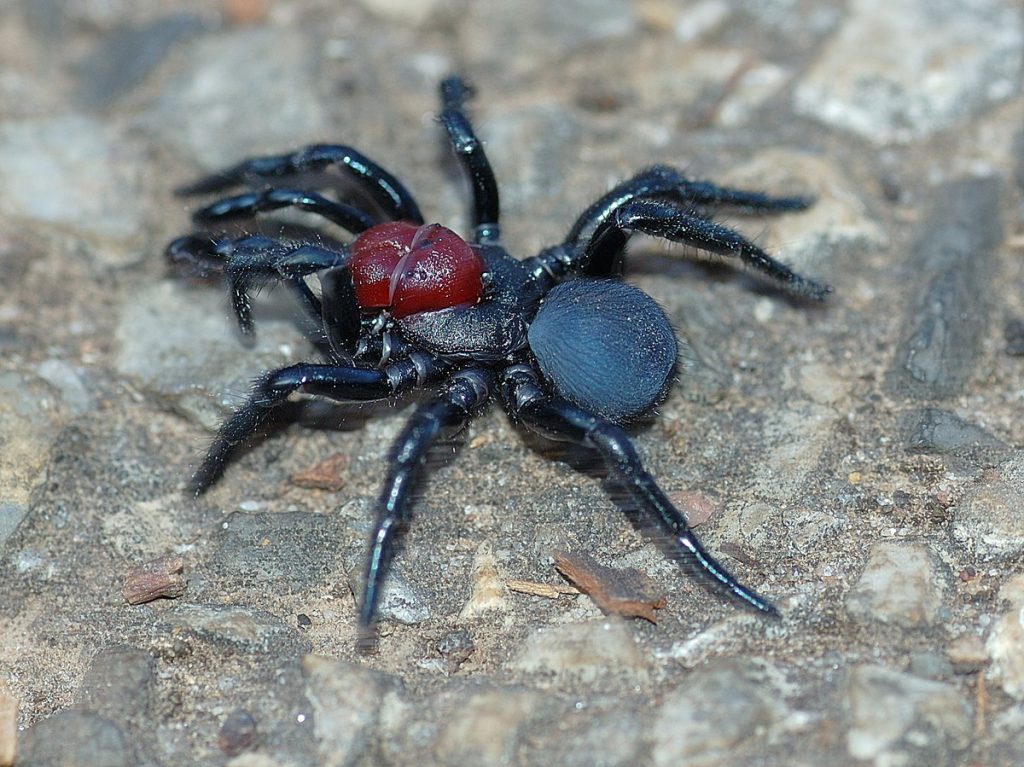
Seasonality
The male Red-headed Mouse Spiders are usually found wandering for females during the day in late summer (Feb)to early winter months (Jun). They tend to be more common especially after rain. Females remain in their burrows.
The males are often encountered when they wander searching for females from late summer until April-May. They often fall into suburban swimming pools.
Feeding and diet
Insects are the main prey of mouse spiders but their diet could possibly include small vertebrates and other spiders. Prey is usually ambushed from within the safety of the trapdoor ‘hides’, but mouse spiders have been observed foraging outside the burrow at night. With their powerful jaws and venom, they can tackle prey ranging from ants, beetles and spiders to small lizards and frogs.
Red-headed Mouse spiders mainly prey on insects and other spiders, but also occasionally on small vertebrates such as frogs and lizards.
Other behaviours and adaptations
Female Red-headed Mouse spiders have been found to produce copious amounts of a highly toxic venom, which is potentially as dangerous as that of the Sydney Funnel-web Spider.
Breeding behaviours
Males reach sexual maturity at about four years. They leave their shallow burrows during the breeding season to find a mate. They are unusual in that their wandering behaviour occurs during the day, unlike other mygalomorph spiders, whose males are night wanderers. While wandering, male mouse spiders hold their long pedipalps (carrying the mating organs) extended forwards, presumably seeking an airborne scent (pheromone) associated with the femaleor its burrow. Once the burrow is located the male taps the ground and silk around the doors until the female emerges. If she is receptive the male follows her into the burrow where mating occurs.
The female lays 60 or more eggs within an egg sac that she places into a brood chamber off the main shaft of her burrow. The spiderlings hatch from the egg sac over summer and remain with the mother into autumn when dispersal occurs.
The spiderlings of the Red-headed Mouse Spider disperse by ballooning, a technique that is rare in mygalomorphs. This explains the relatively wide distribution of Red-headed Mouse Spiders compared to other mygalomorph species.
Predators
Predators of the Red-headed Mouse Spider include parasitic wasps, bandicoots, scorpions and centipedes.
Danger to humans
Mouse Spider venom may be very toxic, but few cases of serious envenomation has been recorded. Other bites have occurred causing minor effects. Funnel-web spider antivenom has proved effective in the one confirmed case.
Until more toxicity data is available it is prudent to treat as for Funnel-web spider bite, especially if the victim is a child. Apply a pressure bandage over the bitten area as high up the limb as possible. Immobilise the victim. Collect the spider for positive identification. Do not wash venom off the skin, as retained venom will assist identification.
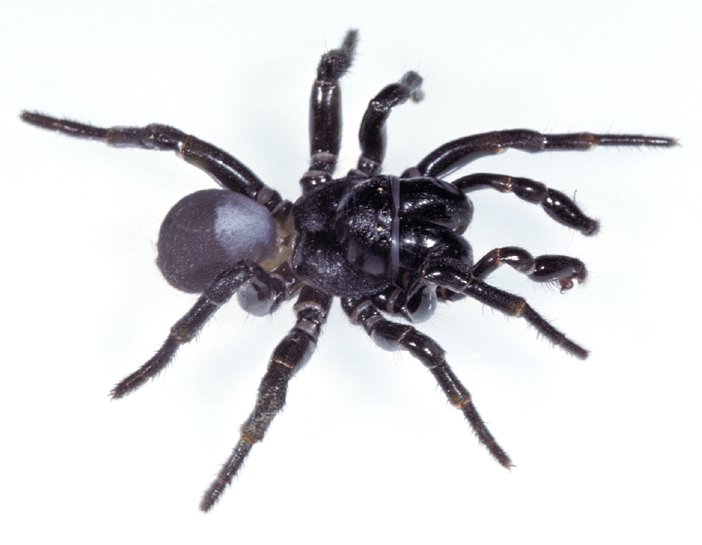
Habitat
Varied owing to the wide distribution range.
The burrows built by the big inland Red-headed Mouse spiders are large, silk-lined burrows that vary from 20 cm to 55 cm deep and are widest in the entrance and bottom chamber areas. A side chamber extends off the main burrow shaft, usually closed by a trapdoor. It provides a refuge from predators and a safe place for the egg sac and spiderlings.
The burrow’s most unusual feature are the two surface trapdoors set almost at right angles to each other. The silk and soil trapdoors often merge well with the ground, making them hard to see (and increasing the impression of scattered rather than aggregated burrow sites, making accurate estimates of their abundance difficult). They may be thin and wafer-like or thick and plug-like. Having two doors probably increases both prey catching area and efficiency. A few silk triplines may extend outwards from the entrances. These can help alert the spider to approaching prey or male spiders and also help with surface navigation while hunting.
Little is known about the burrows of other species. The forest dwelling Eastern Mouse Spider appears to have a single, flap-like door and a shallow burrow with a side chamber. Unlike other species, this mouse spider has occasionally been reported living in large aggregations. Recently, almost 300 specimens were collected from the backyard of a house on the central coast of New South Wales after flooding rains drove the animals from their burrows.
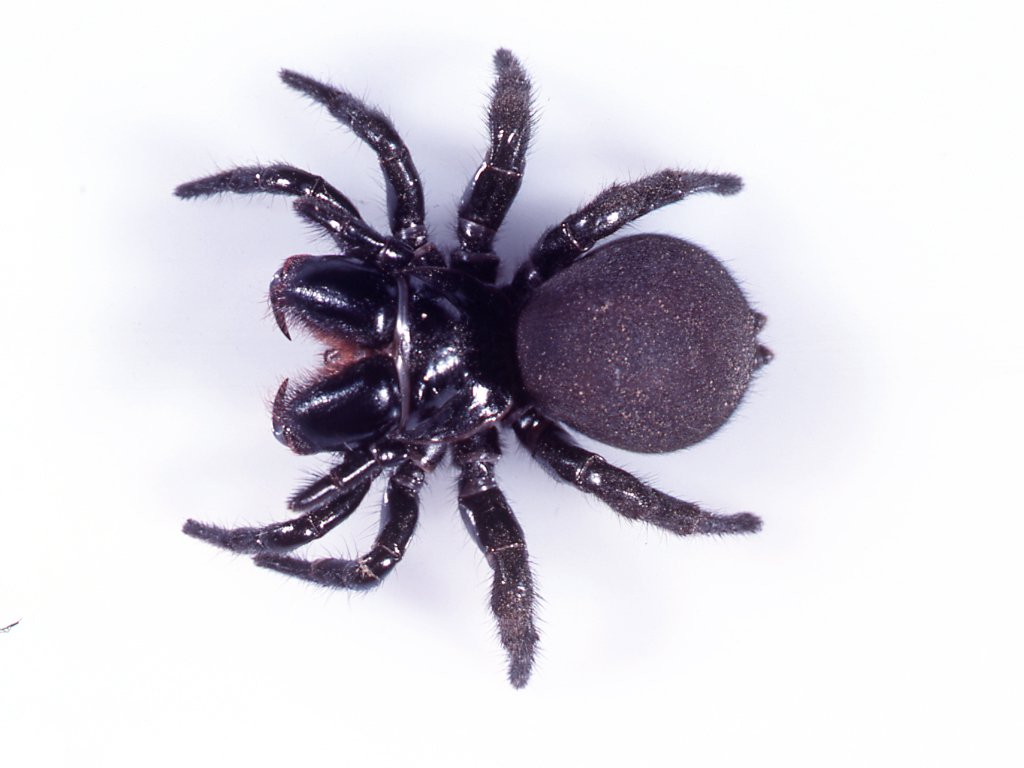
Danger to humans
Some mouse spiders have a very toxic venom which is potentially as dangerous as that of the Sydney Funnel-web Spider. However, few cases of serious envenomation have been reported. Unlike funnel-web spiders, the mouse spider is believed to use less venom and possibly even “dry bite”.
Although the males are often sighted, bites by Red-headed Mouse Spiders are rare, probably because the spiders occur in less densely populated areas.
Because of their potential toxicity to humans, first aid treatment should be provided as recommended for funnel-web spider envenomation. Fortunately, funnel-web spider antivenom has proven effective in cases of mouse spider bite.
Mouse Spider Habitat and Spider Webs
Mouse spiders are part of the Gondwanaland fauna (southern super continent) this is because most are residents of Australia, although one species is found in Chile and another near relative is found in South America.
Mouse spiders live in burrows in soil covered with a hinged top known as the trapdoor. Mouse spider burrows can extend to the depth of 30 centimetres (12 inches). The burrow provides a refuge from predators, parasites, low humidity and high temperatures. Male Mouse spiders will often wander from the burrow in search of mates, however, the females will remain inside the burrows spending most of her life in there unless accidentally dug up.
Mouse Spider Diet
Mouse spiders prey mainly on insects though they may consume other small animals as opportunity presents. Mouse spiders feed by lunging at prey passing the burrow entrance. The primary predators of the mouse spider include wasps, bandicoots, centipedes and scorpions.
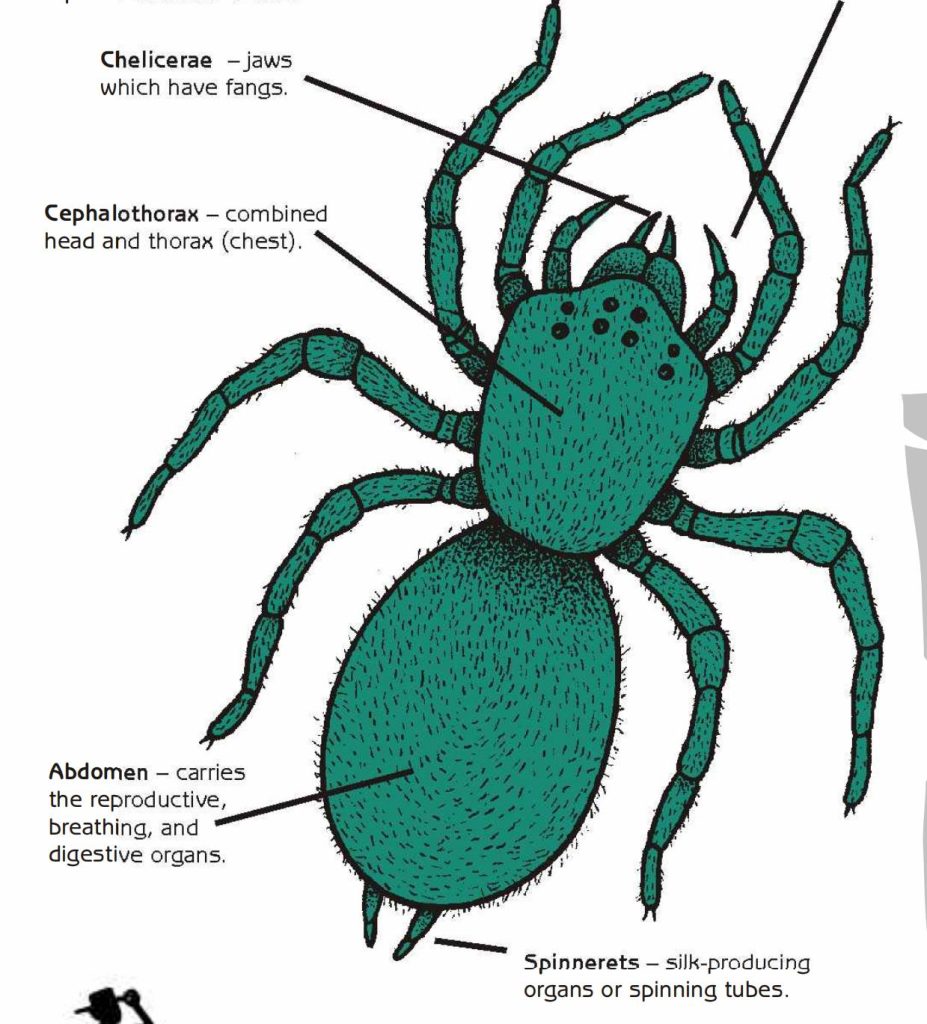
Mouse Spider Venom
Both male and female Mouse spiders have very large fangs and fang bases. Mouse spiders are aggressive spiders and will bite if provoked. However, only several of the species have been found to produce serious symptoms similar to those by the Funnel Web spider. Unlike the funnel-web, however, the mouse spider is far less aggressive towards humans (unless provoked) and may often give ‘dry’ bites.
Mouse Spider Reproduction
Males reach sexual maturity at about 4 years. Mouse spiders leave their shallow burrows during the breeding season to find a mate. They are unusual in that their wandering behaviour occurs during the day, unlike other mygalomorph spiders, whose males are night wanderers. Mating usually takes place within the females burrow. The female Mouse spider lays 60 or more eggs within an egg sac that she places into a brood chamber off the main shaft of her burrow. The spiderlings hatch from the egg sac over summer and remain with the mother into autumn when dispersal occurs.
The spiderlings of the Red-headed Mouse Spider disperse by ballooning, a technique that is rare in mygalomorphs. This explains the relatively wide distribution of Red-headed Mouse Spiders compared to other mygalomorph species, including the Eastern Mouse Spider, which probably disperses on the ground.
Is The Red Headed Mouse Spider A Different Species?
It’s more accurate to say that the red headed Mouse Spider (missulena occatoria) is one of many species of mouse spider – notable for its unusual colour scheme. At one point, experts thought the male red headed Mouse Spider was a distinct species to the female due to the physical differences between them, although scientists have now linked the two.
The red headed Mouse Spider is also one of the only species of Mouse Spider known to use ballooning. This is when their young travel great distances by letting out long lines of spider silk, which are then caught by the wind and carried away. This may be why they are one of the most widely distributed mouse spider species.
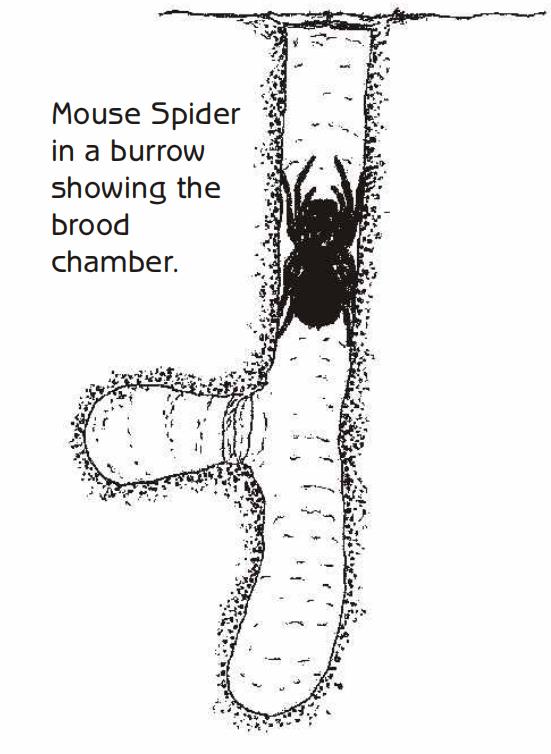
The males are one of the most recognisable Mouse Spiders, with a distinctive red patch on its head region. The abdomen is often bright blue, which, ironically enough, makes it one of the only spiders in the world to feature Spider-man’s distinctive colour scheme.
Where Do You Find Mouse Spiders?
Mouse Spiders are found throughout most of Australia, including most populated coastal regions. Mouse Spiders don’t build webs in the conventional sense. Instead, they tend to create underground burrows lined with silk, generally around 20cm to 50cm deep.
The mouse spider hole – the entrance to their lair – typically features a hatch of woven silk. For this reason, the Mouse Spider is sometimes counted as a type of Trapdoor Spider. Unusually, a mouse spider burrow has two separate entrances, generally near each other and roughly at right angles.
The Mouse Spider is an ambush predator. Generally, they live off prey (typically insects) that venture near their burrows, leaping out to catch anything that gets near enough. However, they do also go hunting outside their burrows – generally at night.
In late summer through to early autumn, male Mouse Spiders often go wandering in search of females to mate with. This is generally when they encounter humans – and when they tend to wind up in people’s swimming pools.
The Mouse Spider’s underground burrows may be where they get their name – the burrow being a little like a mouse hole. Although there’s argument about it – some experts assert that the name comes from the size of the spider (similar to a mouse) or from early researchers having found dead mice in their burrows and assuming they were regular prey.
